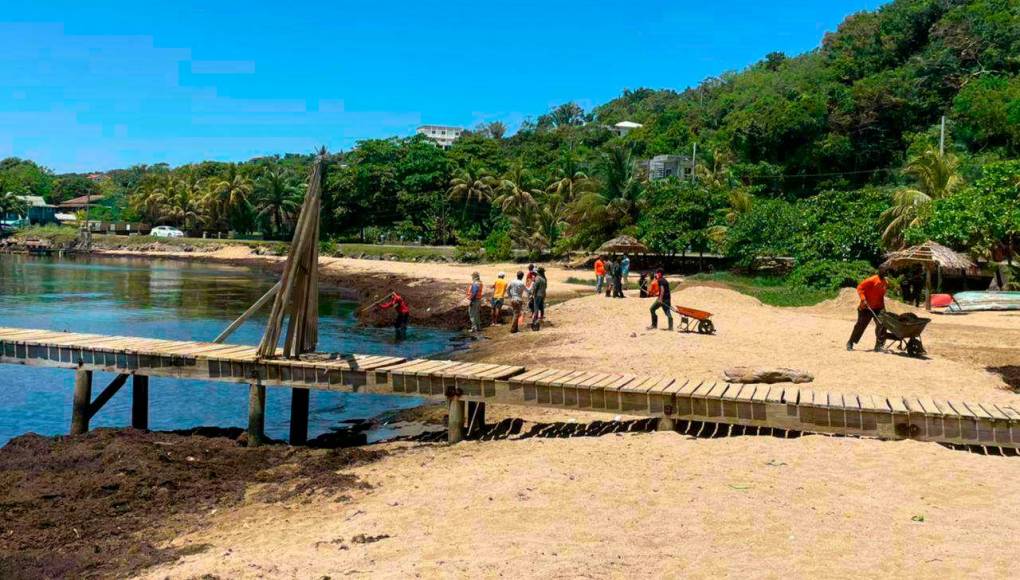Honduras Seaweed Conditions: Latest Updates on Sargassum Bloom Threatening Bay Islands
Honduras seaweed conditions: Latest updates on the massive sargassum bloom threatening the Bay Islands. Learn about the impact on marine life, coral reefs, and tourism, as well as efforts to manage the seaweed and turn it into fertilizer.





